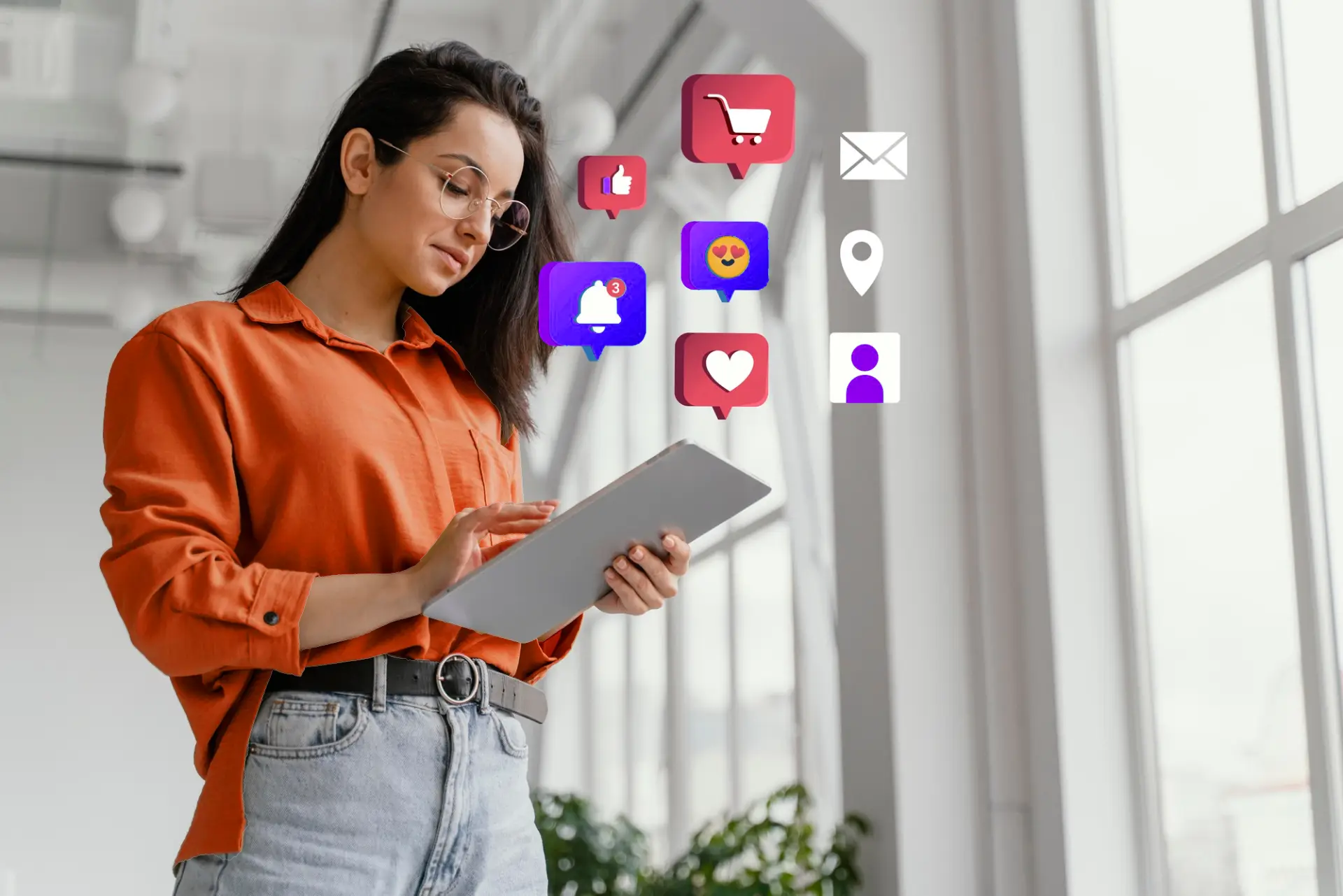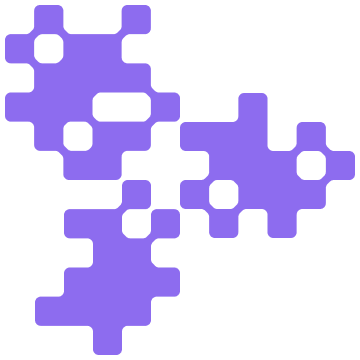
Customer-Product-Interaction Life Cycle (CPILC): Boost Revenue with User Analytics
Benedict Breitenbach
Tue Jun 24 2025

Table of Contents
Imagine you’re installing a new app – maybe a digital budget tracker because you finally want to get your finances in order. You open it, click around a bit, but everything feels confusing. After five minutes, you leave the app – and never return. A few days later, it’s deleted.
Many people know this situation – and it reveals a central problem: It’s not enough to have a good product; you also need to understand how users interact with it, when they drop off, and why they stay. This is where the Customer-Product-Interaction Life Cycle (CPILC) comes in.
Definition
The Customer-Product-Interaction Life Cycle (CPILC) describes the entire development and all interaction points between a user and a product over time – from first contact to regular use and eventual discontinuation.
It focuses not just on purchasing behavior, but on user behavior throughout product usage: How does a customer experience the product? Where do friction points occur? Which features are used frequently – and which are ignored? The life cycle shows how customers discover, try, understand, and learn to value a product – or leave it in frustration.
This is a dynamic model, especially relevant for digital products, apps, software-as-a-service (SaaS), or platforms – in short, anywhere regular usage and user retention are critical.
Comparison with Related Concepts
To better understand the value of CPILC, it’s helpful to distinguish it from similar but differently focused models:
Customer Journey
The Customer Journey describes the path of a potential customer up to the purchase decision. It typically starts with a marketing contact (e.g., an ad or website visit) and ends with the purchase – sometimes with initial use. The focus here is on the pre-purchase phase and marketing.
Product Life Cycle
The Product Life Cycle looks at the product itself, tracking its phases from launch to growth, maturity, and decline. It’s a market-oriented model, not behavior-oriented from the user’s perspective.
User Flow or User Journey within a product
These concepts focus on short-term interactions, such as how a user navigates a website or app to reach a specific goal. They are punctual and technically oriented.
In contrast, CPILC combines elements of all these models but goes further: It maps the entire customer relationship with the product, focusing on real user experiences and how they evolve over time.
Phases of the Customer-Product-Interaction Life Cycle
User interaction with a product typically follows seven consecutive phases. Each phase represents a stage in the relationship process and involves specific goals and challenges.
Awareness
The potential audience becomes aware of the product, often through marketing, recommendations, or organic reach.
First Touchpoint
The user actively interacts with the product for the first time – such as visiting a website, downloading an app, or using a trial version.
A comprehensive meta-analysis by eye square, evaluating over 320 studies with more than 340,000 participants, found that more than 62% of media impressions last less than 2.5 seconds. This highlights the importance of making an impact in that short timeframe.
Activation
The focus is on initial usage. The goal is to quickly demonstrate clear value (Time to Value) and guide the user through onboarding into the product.
Engagement
This phase deepens the interaction with the product. Frequency, depth, and quality of usage are key indicators of the product’s value to the user.
Retention
Usage becomes regular. Retention occurs when expectations are consistently met or exceeded. Support, updates, and personalization are crucial here.
Expansion and Monetization
The user is willing to pay beyond basic usage. Upgrades, premium features, or referrals mark this phase.
Churn & Re-Engagement
Usage intensity decreases or ends. The goal is to understand why users churn and to implement strategies that bring them back or enable follow-up interaction.
Almost everyone has experienced this final phase. Whether switching phone providers, canceling a subscription, or stopping a newspaper delivery – you’re usually asked to give a reason or participate in an exit interview.
Goals and Benefits
Analyzing the Customer-Product-Interaction Life Cycle (CPILC) helps companies systematically understand user behavior. By examining each interaction phase in detail, targeted optimizations can improve both customer satisfaction and business success.
A study by consulting firm McKinsey shows that companies using journey analytics achieve significant improvements:
- 25% increase in digital activity
- 35% boost in conversion rates
- 25-point increase in customer satisfaction
These numbers demonstrate how powerful CPILC analysis can be in strengthening customer retention and increasing revenue.
Furthermore, CPILC enables early detection of weaknesses in the user process. By understanding the entire journey, companies can proactively prevent churn and continuously improve the user experience.
Key Benefits of Customer-Product-Interaction Life Cycle Analysis
1. A key benefit is the early detection of obstalces that prevent continued use. For example, if a high bounce rate is observed at the first touchpoint, this could indicate unclear communication or lack of relevance. In later phases, low interaction may point to functional or content-related shortcomings.
2. Lifecycle analysis also allows for targeted prioritization of actions: Product development, UI adjustments, or marketing efforts can be focused where they have the most impact on engagement, retention, or monetization.
3. Another advantage is the increase of customers lifetime-value. Users who are accompanied and supported based on their interaction patterns remain active longer and show greater willingness to pay.
4. Finally, CPILC provides valuable insights for product strategy. It supports data-driven decisions by identifying which user types progress successfully through each phase – and where differentiated approaches are needed.
Overall, the Customer-Product-Interaction Life Cycle provides a solid foundation for strategic decisions based on real user data. This leads to greater customer orientation, increased revenues, and sustainable competitiveness.
Case Study: Revenue Growth Through CPILC
The e-commerce company Glamnetic, which specializes in magnetic lashes and cosmetics, used data-driven analysis to identify a critical issue in the early stage of the Customer-Product-Interaction Life Cycle. Product detail pages – intended to activate users – suffered from long load times, resulting in significant user drop-off during the First Touchpoint phase.
Analysis and Action
By integrating the Edge Delivery Engine from Nostra AI, content was delivered faster. This enabled a smooth transition into the activation and engagement phases. The optimization focused clearly on product interaction rather than traffic or marketing goals.
Results Along the CPILC
- 77.48% reduction in bounce rate on product detail pages
- Revenue doubled within a few months
- Significantly improved retention due to positive initial usage experience
Source: Nostra AI Blog – Customer Journey Analytics for E-commerce: Real-World Case Study with Glamnetic, read the case study
In summary, the Customer-Product-Interaction Life Cycle offers a reliable foundation for strategic decisions based on real user data. It leads to stronger customer focus, increased revenue, and long-term competitive advantage.
Start collecting user data systematically in your company as well – and assign customer churn specifically to the individual phases of the CPILC.

